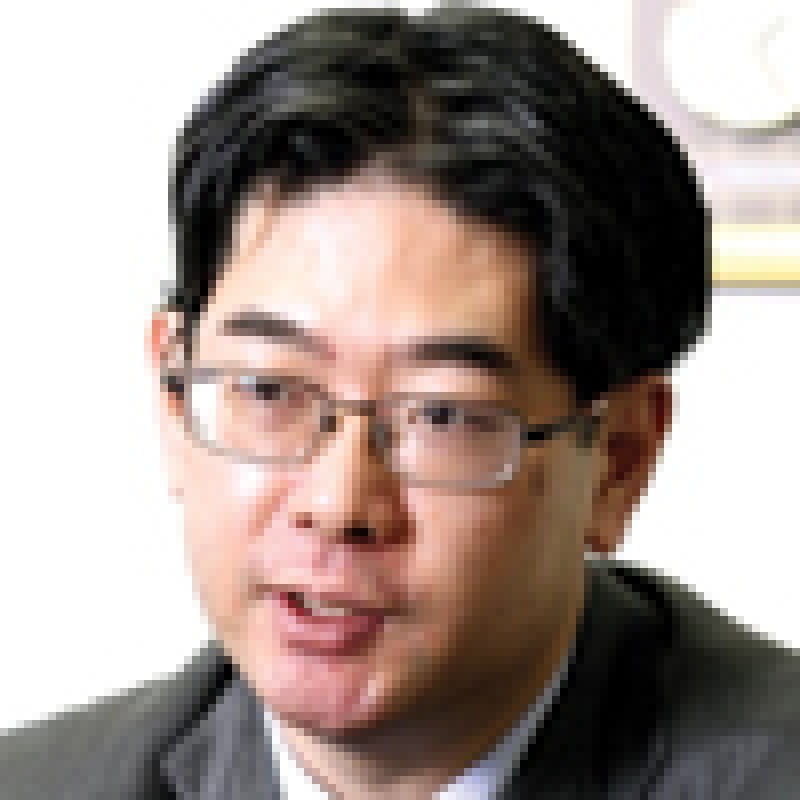This is the first judgment affirming infringement under DOE in the biotechnology area and had great impact on patent practice. This decision is a part of global litigation in countries including the US, Germany and UK.
Summary of the case
Genentech, the plaintiff, owned a patent for an invention titled "Recombinant Human Tissue Plasminogen Activator (t-PA)". Sumitomo Pharma manufactured and sold t-PA products. Genentech sought an injunction on manufacturing etc of Sumitomo Pharma's t-PA etc.
Sumitomo Pharma's t-PA was different to the invention regarding the amino acid sequence only in the following point: the amino acid residue of Sumitomo Pharma's t-PA was methionine residue (Met) at site 245 from N-terminal (met-t-PA), whereas the amino acid residue in the relevant part of the invention was valine residue (Val) (val-t-PA). The main issue was DOE.
The Osaka District Court dismissed Genentech's claim.
Osaka High Court
In its judgment of March 29 1996, the Osaka High Court (Presiding Judge Ueno) affirmed infringement under DOE. The Court established the requirements for DOE as follows: possibility of replacement and ease of replacement as positive requirements and impediment to admit falling within the technical scope as a negative requirement.
(1) Positive requirements
Regarding the possibility of replacement, the Court judged that since met-t-PA and val-t-PA have the same characteristic, they have the same effect, thus the replacement of valine of t-PA of the invention with methionine of t-PA of appellee meets the requirement of the possibility of replacement.
Regarding the ease of replacement, the Court judged as follows: (i) the met-t-PA of appellee was obtained by a cloning error, and also the developer himself recognised that the cloning error was the mutation occurred in the portion which does not affect the function of t-PA; (ii) regarding the proteins obtained by a cloning error, if the proteins have the effect substantially similar to that of the original proteins, such proteins are those obtained by the replacement of the amino acid residues of high similarity in the portion which does not affect the function of the protein, and it is fully predictable for a skilled person that such cloning error might occur; (iii) the applicant recognised and declared that t-PA having substantially the same effect can be obtained based on the description of the invention despite cloning errors, and it falls within the technical scope of the invention. Therefore, it is obvious that ease of replacement requirement is satisfied for appellee's met-t-PA which was obtained as having the same characteristic as t-PA before the mutation by the replacement of valine with methionine, which is easily replaced with valine and is considered not to affect the function of t-PA, by a cloning error in 245 portion known as the portion not affecting the function of t-PA.
(2) Negative requirements
The Court reviewed the prosecution history and judged as follows: when the claim is interpreted narrowly due to lack of novelty and inventive step, it is not allowed to assert the scope which is beyond the narrowed scope as it will lack novelty and inventive step. However, if an amendment is made for the purpose of satisfying the requirements of Article 36 of the Patent Act as in the present case, even though the claim is made clear for the purpose of specifying the constitution of the invention, it does not necessarily mean that it is only allowed in patent infringement proceedings to declare the technical scope of the patented invention only as that for the specified technology itself described in the claim.
Practical tips
In the biotechnology area, criticism exists that if infringement is denied just because one amino acid residue is different the infringement will be denied even if functionality is the same which could lead to an unreasonable conclusion. It could be evaluated that this judgment responded to such criticism by affirming infringement under DOE and promoted the protection of the invention. This judgment is significant in that it affirmed infringement under DOE before the ball spline Supreme Court judgment (judgment of February 24, 1998) which established five requirements for the DOE.
What is remarkable in this case is that Professors Osamu Hayaishi, Setsuro Ebashi, Shousaku Numa, Shigetada Nakanishi, Tadatsugu Taniguchi, Shigekazu Nagata, etc, Nobel Prize candidates, had issued the expert opinions. In the relevant case where Genentech sued Toyobo (Judgment of February 25 1994, Osaka High Court), Professor Paul Berg, Nobel Prize winner in chemistry, was a witness.

|

|
Takanori Abe |
Michiko Kinoshita |
ABE & Partners
Matsushita IMP Building
1-3-7, Shiromi, Chuo-ku, Osaka, 540-0001, Japan
Tel: +81 6 6949 1496
Fax: +81 6 6949 1487










